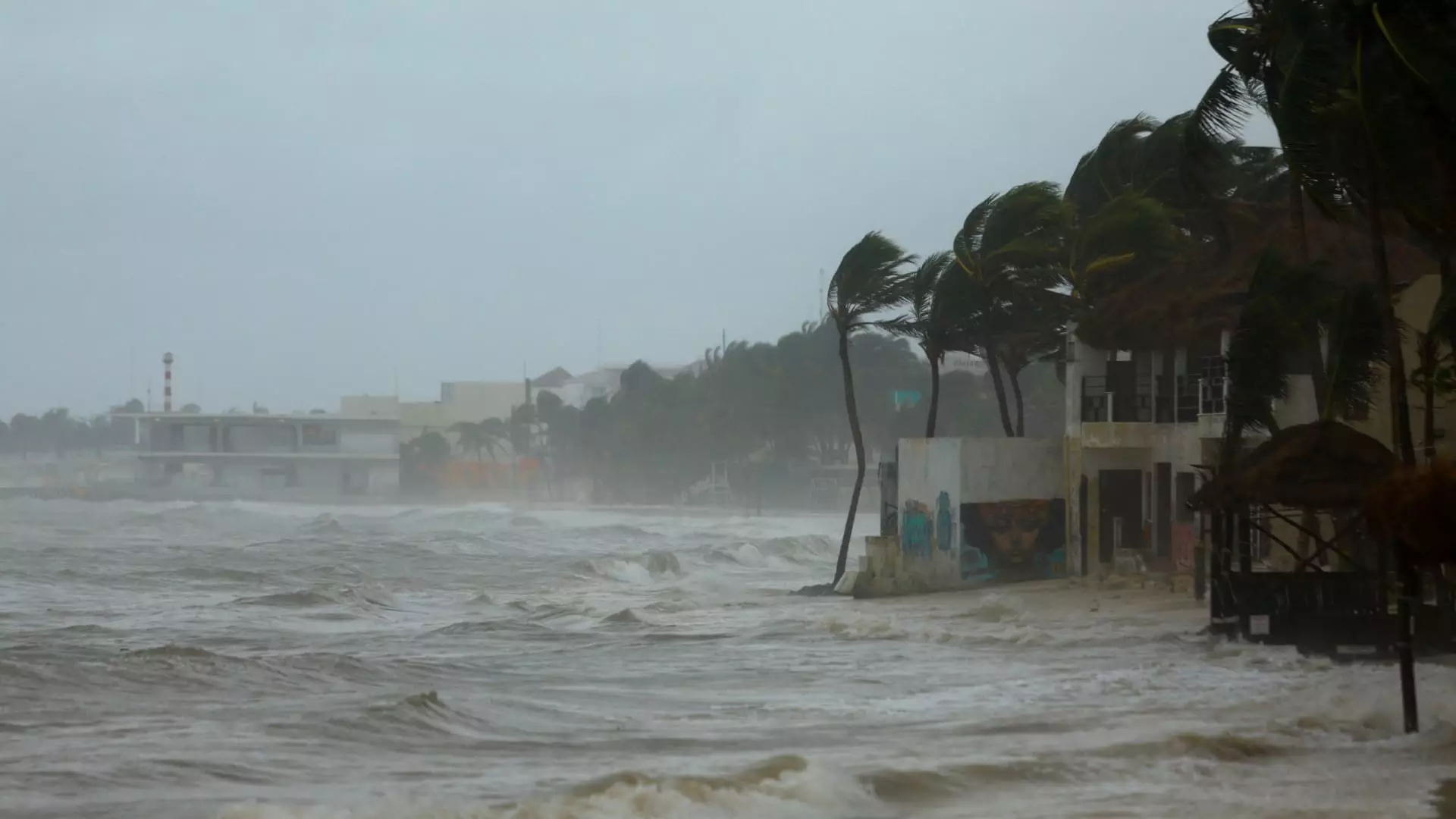Hurricane Beryl made its way into the Gulf of Mexico after causing significant damage across the Yucatan Peninsula in Mexico. The storm, which initially hit Tulum as a Category 2 hurricane, has now weakened to a tropical storm as it moves towards south Texas. Texas officials have already issued disaster declarations and urged coastal residents to prepare for the impending storm.
The U.S. National Hurricane Center predicts that Beryl will regain hurricane strength as it enters the warm waters of the Gulf and is expected to hit south Texas by late Sunday or early Monday. The storm has the potential to regain wind speeds of up to 90 mph before making landfall, although the exact location is still uncertain. Hurricane watches are already in effect from the Rio Grande northwards, covering a significant portion of the Texas coast.
Given the potential threat posed by Hurricane Beryl, Texas officials have taken preemptive measures to ensure the safety of residents. Evacuation orders have been issued in low-lying areas, and coastal residents have been encouraged to make necessary preparations. Oil companies along the coast have started moving their employees off rigs in the storm’s path, highlighting the severity of the situation.
Before reaching the Gulf, Beryl wreaked havoc in Mexico, Jamaica, St. Vincent and the Grenadines, and Barbados. While Mexico reported minor damages with no casualties, the Caribbean islands faced significant destruction. Grenada, St. Vincent and the Grenadines, Venezuela, and Jamaica reported several deaths due to the storm. The aftermath of Hurricane Beryl left thousands without power and infrastructure damage across the affected islands.
Affected areas are now focusing on recovery and relief efforts to help residents cope with the aftermath of the storm. Jamaica, in particular, is dealing with widespread power outages and water shortages, prompting government intervention to provide swift relief to affected communities. The damage to homes, infrastructure, and livelihoods in the Caribbean islands underscores the urgent need for assistance and support.
Individuals who experienced the wrath of Hurricane Beryl have shared their stories of resilience and survival. Residents of Tulum in Mexico took shelter and prepared for the storm, while tourists and locals in Jamaica and other islands faced displacement and discomfort in the wake of the hurricane. The spirit of communities coming together to clean up and rebuild in the aftermath of the storm showcases the resilience of those affected by natural disasters.
Hurricane Beryl’s impact on the Gulf of Mexico and Caribbean islands serves as a stark reminder of the destructive power of natural disasters. As communities brace themselves for the storm’s landfall and work towards recovery, the need for preparedness, response, and resilience in the face of such events becomes increasingly apparent. By coming together, supporting one another, and staying vigilant, we can mitigate the impact of future disasters and rebuild stronger, more resilient communities.


Leave a Reply